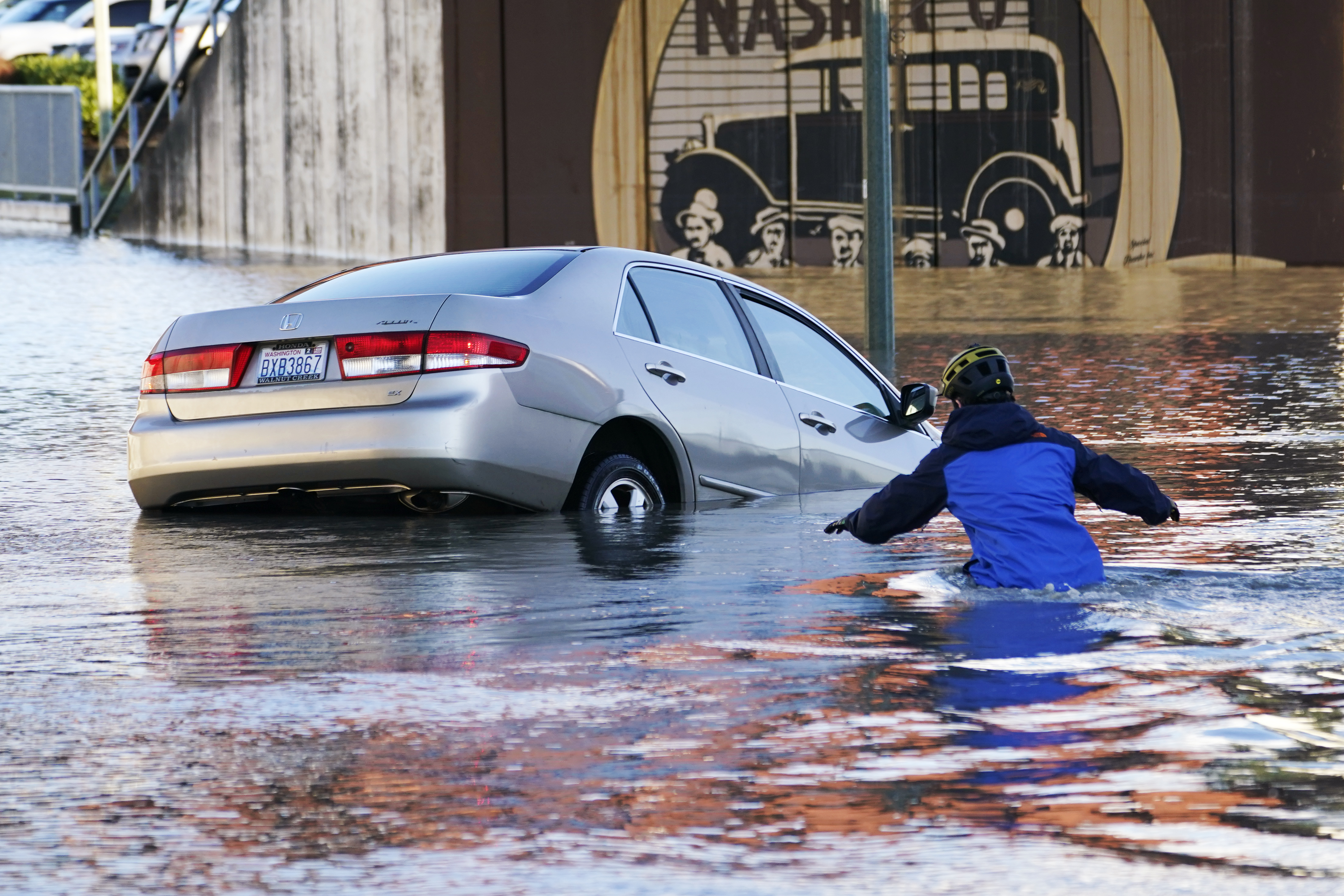It’s December, and Denver, Colorado, has no snow, breaking its record for the latest first snowfall since record keeping began in 1882. Meanwhile, nearly 4,000 miles and half an ocean away, Hawaii faced blizzard warnings over the weekend on its high peaks.
While it’s not unusual for Hawaii to get snow on its mountains, it’s rare for a blizzard warning to happen there before winter really hits the rest of the United States, according to the National Weather Service.
Across the country, the weather is just plain weird right now. Parts of the Pacific Northwest and British Columbia just had their wettest fall on record, driving widespread flooding and mudslides. Hawaii’s blizzard warning turned into catastrophic flooding, with more than 2 feet of rain expected, prompting leaders to declare a state of emergency. Sixty-five weather stations from Virginia to Wyoming recorded record-high temperatures last week. Some locations in Alaska just had their coldest November on record. Then yesterday, the state experienced an “abrupt turnaround” with above normal temperatures, coastal flooding, and blizzards.
And in Montana, record-setting temperatures and strong winds, combined with historic drought conditions, sparked prairie fires that burned at least 12 homes and businesses, several grain elevators, and left melted railcars in their wake.
“It’s definitely not a good sign that it is this dry in December and this warm,” Brock Linker, a farmer and firefighter in Montana, told the New York Times. “We’ve had zero moisture since May and no sign of any in the future.”
It is hard at this point to attribute all of these weather patterns to global warming, Brian Brettschneider, a climate scientist in Anchorage, Alaska, told Grist. But certainly, “climate change is making every place warmer.”
And this year, “the markers of the beginning of the winter season are just really, really late in most places,” he said.
It is a trend that is expected to continue: According to new research, in less than four decades, mountain states in the Western U.S. could be without snow for several years at a time. Due to warming air temperatures, the area has already lost 20 percent of its snowpack since 1950. The warmer temperatures could affect freshwater resources as well. When the snow melts, more freshwater will be lost to the air and soil and a warmer and drier climate, with less making it to reservoirs.
Some of this month’s wild weather is being caused by La Niña, a climate pattern that generally occurs every two to seven years. “La Niña winters have a lot of variability,” Brettschneider told Grist.
La Niña affects climate patterns worldwide. In the U.S., it tends to cause drought and warmer-than-normal temperatures in the southern half of the country, heavy rains in the Pacific Northwest, and cooler than normal temperatures in the north.
The National Weather Service summed up the erratic behavior best in a tweet on Monday. “It’s beginning to look a lot like…hmmm, maybe not.”




